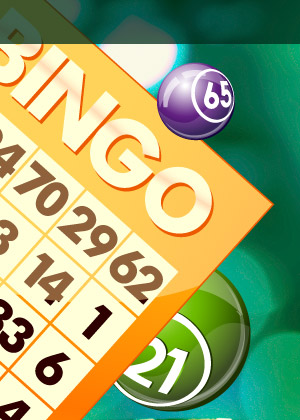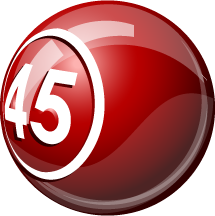Bingo History
Bingo history dates back to 14th Century Italy. In 1530, there was (and still is!) an Italian lottery called "Lo Giuocu del Lotto D'Italia", and it is still to this day played every Saturday in Italy. From Italy, the game was introduced to France in the late 1770s, where it was called "Le Lotto", a game played amongst wealthy Frenchmen.
Soon after, bingo made its mark in Germany amongst children who played it for educational purposes, mostly to help students learn math, spelling and history. It was only in 1929 that the game of bingo reached North America, at which time it became known as "Beano." It was first played at a carnival near Atlanta, Georgia. The name "Bingo" was coined by happy accident.
Bingo was originally called "Beano", a game played during county fairs with a caller drawing numbered discs from a cigar box, and players would mark their cards with beans to cover the numbers that were called out. Once a player won, he or she would yell "Beano"! This is the origin of 75 ball bingo.
New York toy salesman Edwin S. Lowe renamed it so, after he overheard someone accidentally yell "Bingo!" instead of "Beano!" at a county fair.
Edwin Lowe together with Carl Leffler then redeveloped the renamed game of beano into bingo and worked to expand the bingo game styles. Edwin hired Carl Leffler, a Columbia University Math professor, to help him increase the number of combinations in bingo cards. In this way, they worked to diversify the game so that by 1930 there were over 6000 different bingo cards and the game of bingo began to catch on in popularity.
A Catholic priest from Pennsylvania approached Lowe about using bingo as a means of raising church funds. When bingo started being played in churches it became increasingly popular. By 1934, an estimated 10,000 bingo games were played weekly.
Today, the game of bingo is more popular than ever. And online bingo is becoming more and more popular.




